Overview
Pelvic health physiotherapy is a specialist area of physiotherapy that focuses on problems occurring around the abdomen and pelvis. We focus on restoring strength, function and movement within the pelvic area. We are specialist physiotherapists and we have undergone further training into this area of the body.
We treat women over the age of 18 with:
- Stress incontinence – urinary leaking with certain activities.
- Overactive bladder – having a sudden desire to go to the toilet immediately with possible leaking of urine before reaching the toilet. There may be a need to visit the toilet more frequently than normal.
- Mixed urinary incontinence – a combination of stress incontinence and overactive bladder.
- Small to moderate prolapse of the front and/or back vaginal wall(s) – weakening of the support structures that support the vagina, resulting in bulging of the pelvic organs into the vagina.
- Pain related pelvic floor dysfunction e.g. vaginismus and vulvodynia.
- Post natal pelvic girdle pain, perineal trauma and diastasis rectus abdominus.
- Faecal incontinence – leakage of faeces and wind.
- Obstructive defecation – difficult emptying the bowel, which may or may not be associated with constipation.
- Pelvic girdle pain-pain around the pelvis, hips and lower back in pregnancy.
Click the below buttons to explore our pelvic health resources and information
Physiotherapy and Women's Health Self-referral
If you are an adult registered with a Mid Essex GP practice, you can now self-refer to physiotherapy for any musculoskeletal, or Women’s Health related issues subject to the local NHS service criteria.
The pelvic floor and Pelvic floor exercises
The pelvic floor muscles are a hammock of muscles that sit underneath your pelvis. They go from your tailbone at the back to the pubic bone at the front. Your bladder, vaginal and bowel openings pass through the pelvic floor.
They help to support your pelvic organs, these are your bladder, bowel and uterus. They help to keep us continent (dry) by closing the bladder and bowel openings when they are under more pressure i.e. with a cough or a sneeze and when you have an urge to get to the toilet.
When your pelvic floor muscles are weak or have been stretched then they may not work as well which can cause urinary and faecal leakage. Pelvic floor muscle strengthening exercises can help to fix these problems.
Pelvic floor exercises can be performed in any position. Find one which is comfortable for you. You may find lying or sitting easier if your muscles feel weak and try standing when they are stronger.
Imagine that you are trying to stop yourself passing wind and urine,at the same time. You should you feel your pelvic floor muscles ‘squeeze and lift’ inside. Don’t hold your breath or clench your buttocks. You may feel a gentle tightening in your tummy.
Long squeezes: Squeeze and lift your pelvic muscles, hold and release. Repeat the long squeezes, with a rest between each, until you feel that your muscles are tired.
Short squeezes: Quickly squeeze and release the muscles. Always let the muscles fully relax before the next squeeze.
How often should I do the exercises? Aim to repeat this programme three times a day. Build up to 10 long squeezes and 10 short squeezes. You may need to start with little and often until the muscles get stronger.
Watch this video for a guide on how to do a pelvic floor exercise.

Useful Links
- Squeezy App – Squeezy is an NHS Endorsed App that will send daily reminders for you to complete your pelvic floor muscle exercises. It contains visual aids to help you to know when to squeeze and relax.

